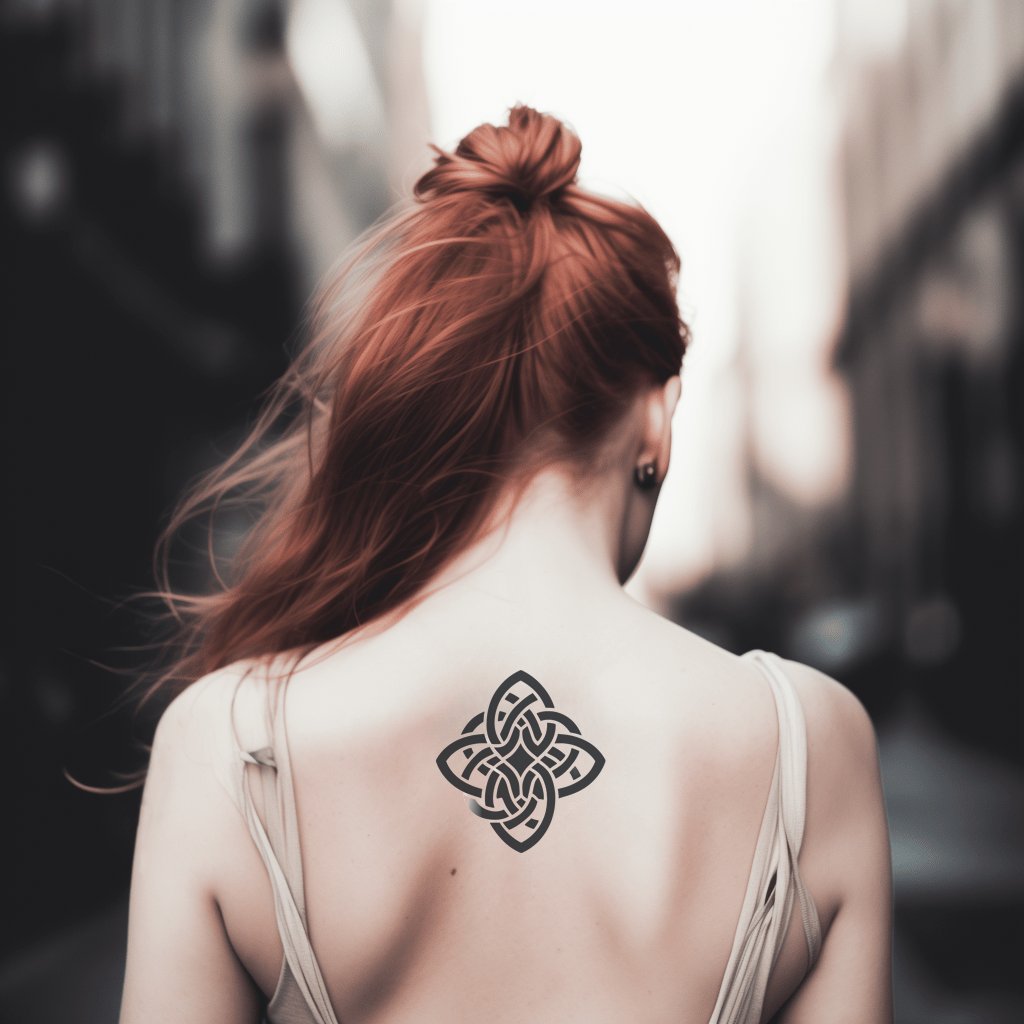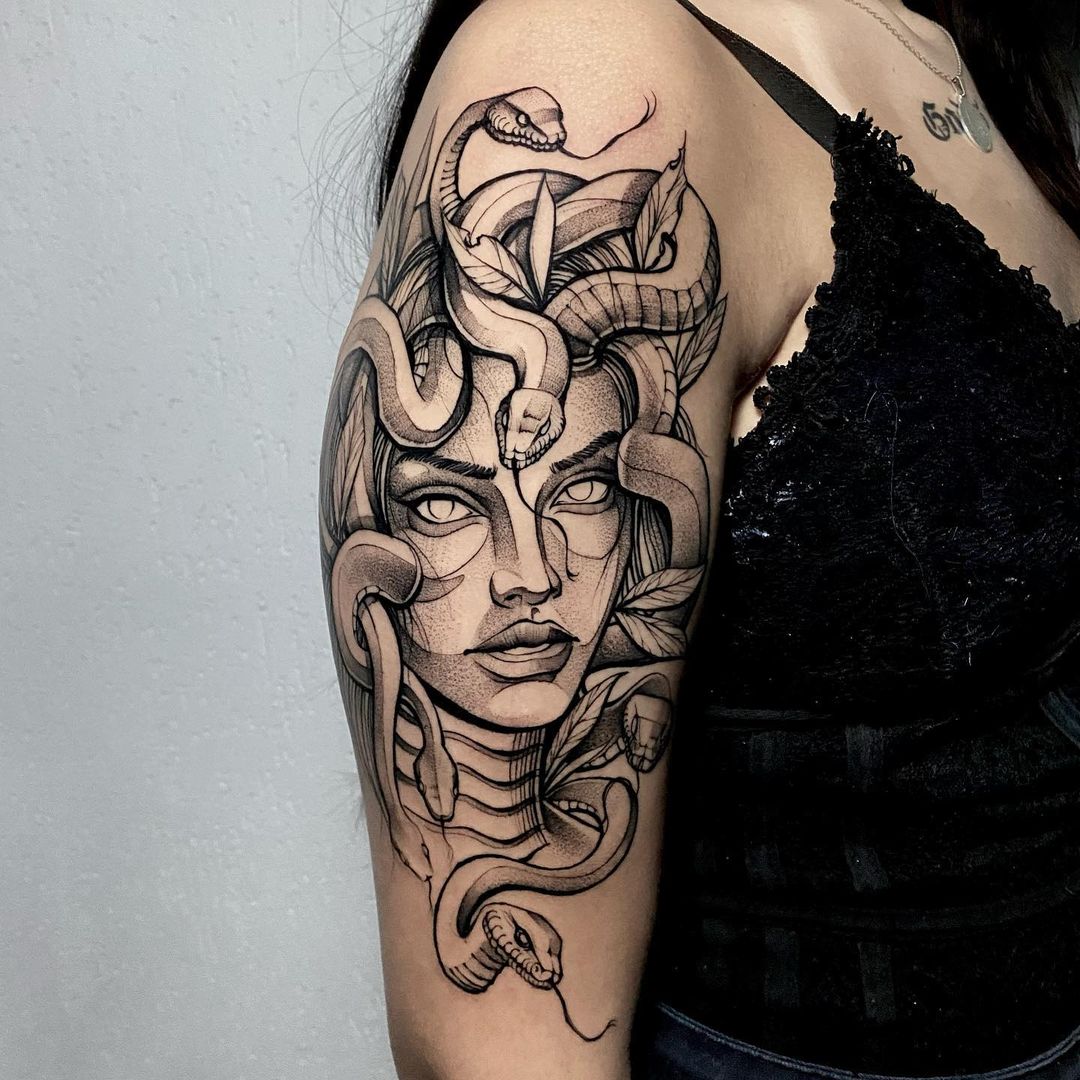Neo Traditional Animal Tattoo: Unveiling the Masterful Artistry
– Neo traditional style of animal tattoos with bold colors and metallic effect
– Realistic depictions of powerful felines, wolves, elegant foxes, and cartoon-like rabbits
– Tropical birds in bright colors and other species surrounded by lush vegetation
– Three-dimensional effect of tattoos, making them appear to jump off the skin
– Long history and popularity of Japanese tattoos
– Symbolism, placement, and iconography in Japanese tattoos changing their meaning
– Ancient origins of Japanese tattooing, dating back to Ancient Egypt
– Stigmatization of tattoos in Japan, although changing over time
– Rise of neo-Japanese tattoo art facilitated by social media and conventions
– Traditional methods of Japanese tattooing, such as irezumi and tebori
– Modern techniques in Japanese tattooing, including bold linework and intricate designs
– Incorporation of specific symbolism and subject matters in Japanese tattooing
– Popular subjects in Japanese tattoos include animals, nature, mythical creatures, warriors, and script
– Rich symbolism and history of Japanese tattoos
– Revolutionized by modern techniques
– Mention of Pitbull Tattoo studio in Phuket, Thailand offering various styles and good customer experience

